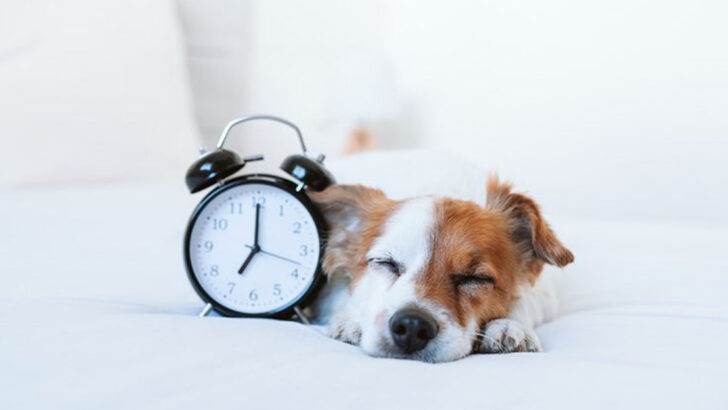Your life is about to get louder, furrier, and so much better.
Bringing home a new dog is like inviting chaos wrapped in cuteness through your front door. One moment you’re gushing over those big eyes—the next, your favorite shoe is in shreds and someone’s peed on the rug. Welcome to dog parenthood.
These first weeks? They’re magical and messy. There will be tail wags and tantrums, cuddles and confusion. You’ll question your sanity and your carpet choices.
But don’t panic—we’ve got your back (and your floors).
These 15 must-know tips will help you keep your cool, build trust, and create a happy home for your new four-legged tornado of love.
Create a Safe Space
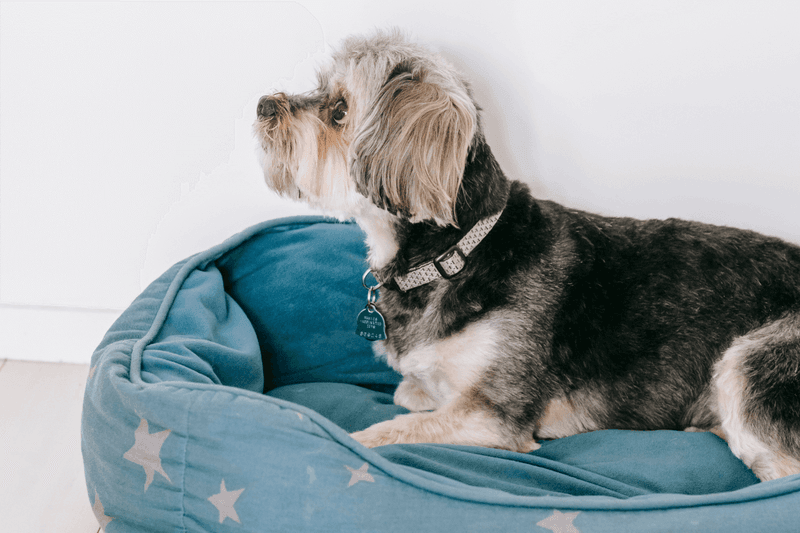
Provide a safe haven where your new dog can retreat. Set up a cozy corner with a soft bed, familiar toys, and a water bowl. This space should be quiet and free from any foot traffic, allowing your pup to relax and acclimate to new surroundings.
Dogs need a sense of security, so this cozy corner will help them feel at home. Remember, it’s essential to keep hazardous items out of reach.
A safe space is the first step in building trust and creating a strong bond. Your furry friend will appreciate having a place to call their own.
Establish a Routine
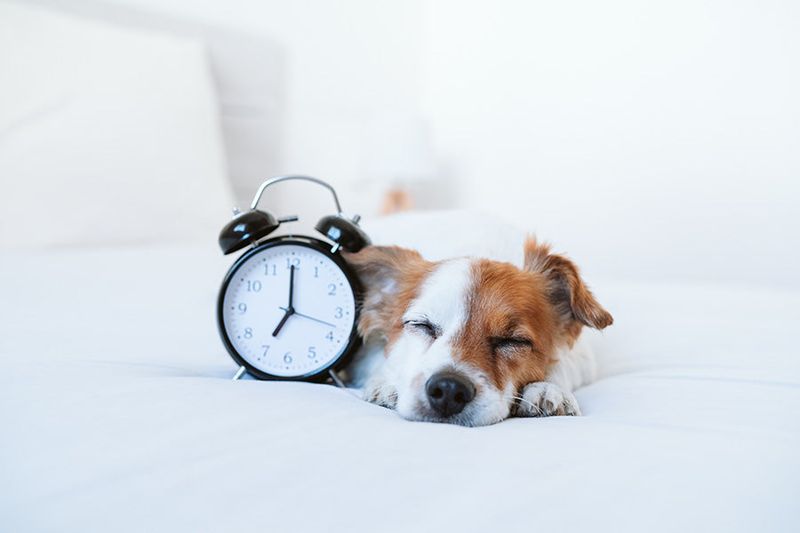
Dogs thrive on routine. Establish a consistent schedule for feeding, walks, and playtime. A regular routine helps your dog feel secure and understand what’s expected.
This predictability can alleviate anxiety, especially during those early weeks. Keep meal times and walks consistent, and don’t forget to include some dedicated play sessions.
Regular routines not only help your dog adjust but also strengthen your bond. You’ll find that a well-structured day leads to a happier, more relaxed pet.
House Training Basics
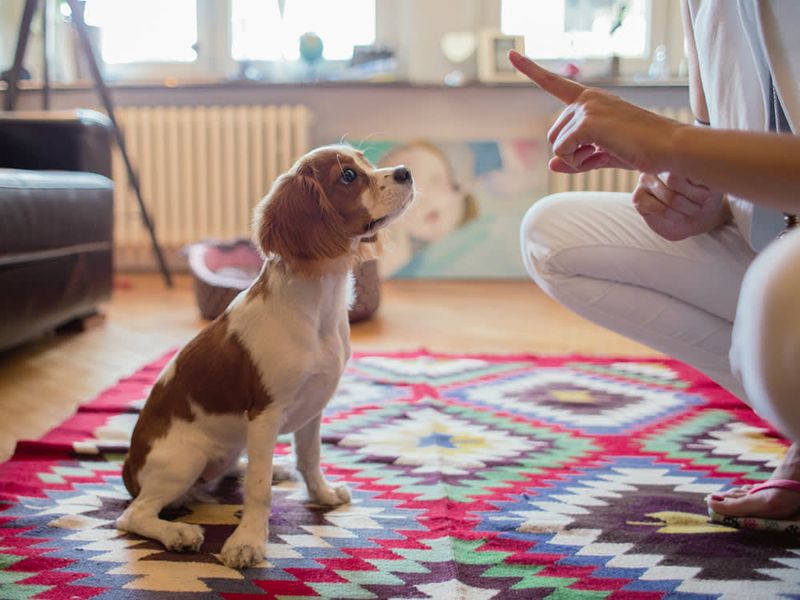
Starting house training from day one is crucial. Select a designated bathroom spot outside and take your dog there regularly. Praise and reward them when they do their business in the right place.
Accidents will happen, so be patient and consistent. Use pee pads indoors to help manage mishaps, and remember that positive reinforcement is key. With time and patience, your dog will learn where to go.
Consistency and encouragement will make house training a positive experience for both of you.
Socialization Opportunities
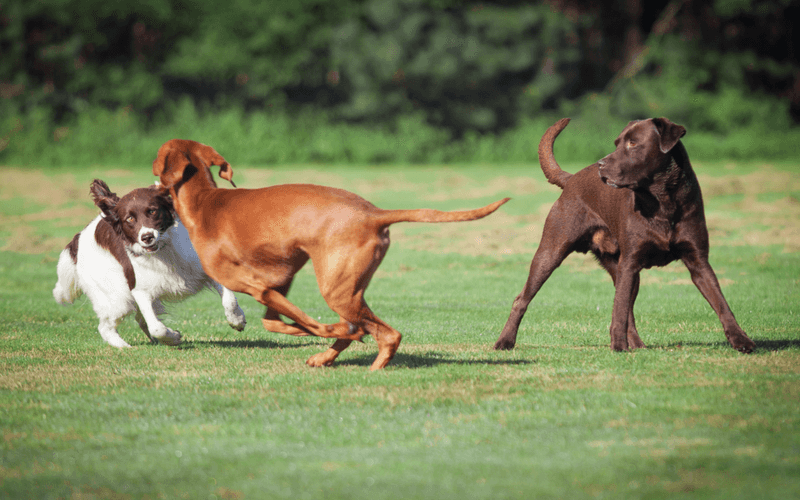
Socialization is key to a well-adjusted dog. Introduce your pup to new people, places, and other dogs gradually. Visits to the park or dog-friendly cafes are great opportunities for socializing.
Be mindful of your dog’s comfort level, ensuring experiences are positive and not overwhelming. Early socialization can prevent behavioral issues and promote confidence.
A well-socialized dog is typically happier and more adaptable to various environments. Embrace these opportunities to broaden your dog’s world safely and enjoyably.
Understanding Body Language
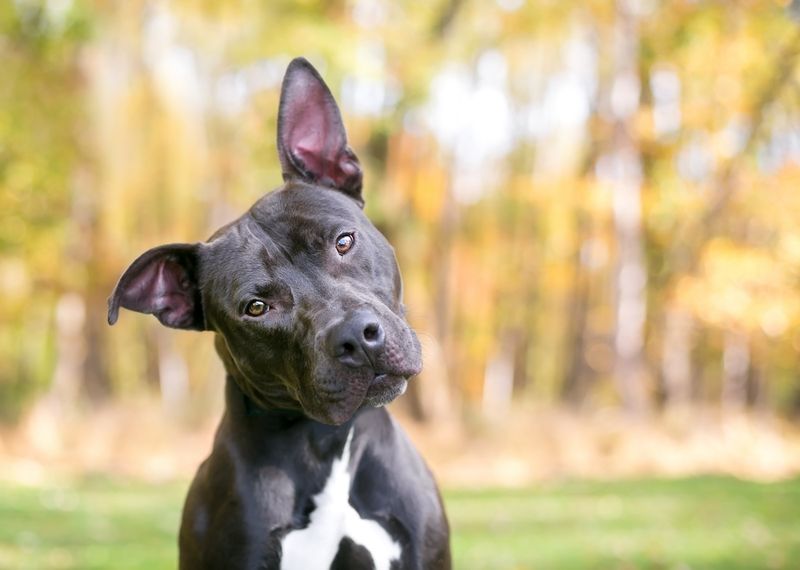
Reading your dog’s body language is essential for communication. Pay attention to signals like wagging tails, ear positions, and overall posture. These cues can tell you when your dog is happy, anxious, or curious.
Understanding these signals helps you respond appropriately, enhancing your bond and preventing misunderstandings.
A wagging tail doesn’t always mean happiness; it’s crucial to read the entire body language. By tuning into your dog’s needs and emotions, you can ensure a harmonious relationship.
Crate Training
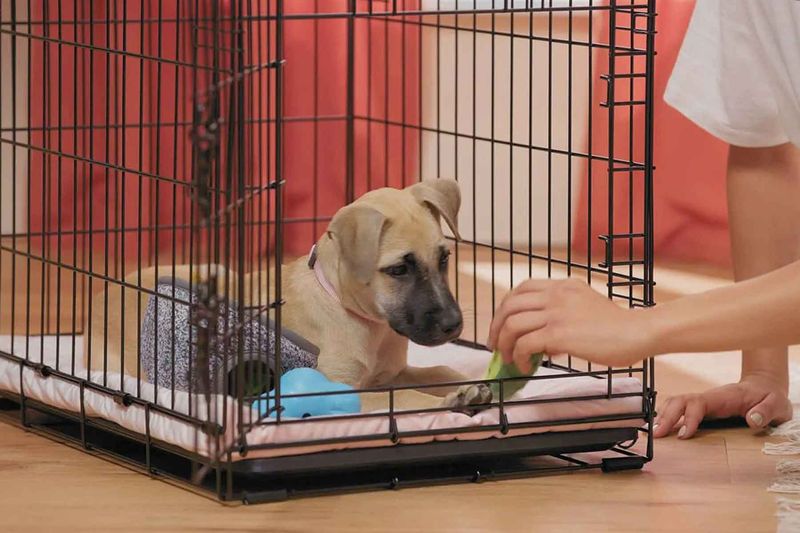
Crate training provides your dog with a den-like space that mimics their natural instincts. Start by making the crate inviting with soft bedding and toys. Encourage your dog to explore their crate with treats and patience.
It’s crucial not to use the crate as a punishment; it should be a positive space. Gradually extend the time your dog spends inside as they get comfortable.
A properly crate-trained dog views their crate as a safe haven and can benefit from the security it provides.
Healthy Feeding Habits
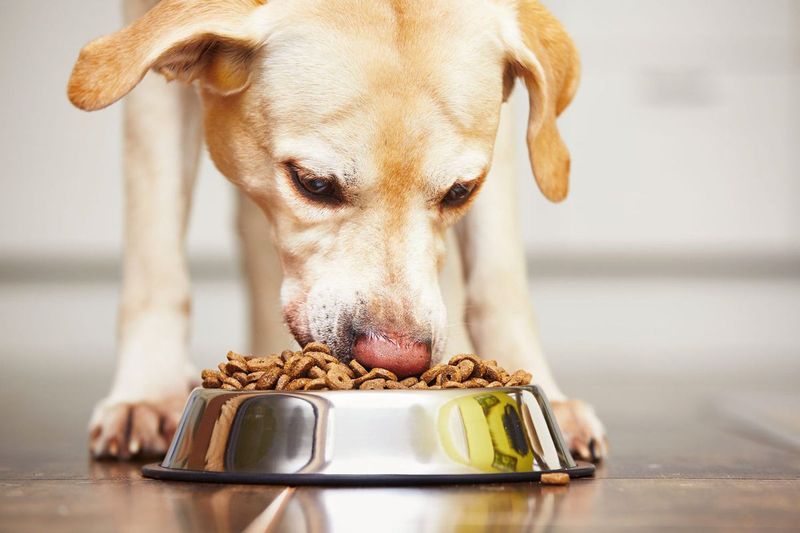
Establishing healthy feeding habits early on sets the stage for lifelong wellness. Choose high-quality dog food that meets your dog’s nutritional needs.
Feed them at consistent times, and provide the appropriate portion sizes to prevent overeating. Fresh water should always be available.
Monitor your dog’s weight and adjust feeding as necessary. Regular, balanced meals contribute to a happy, energetic dog. A nutritious diet ensures your furry friend is well-equipped to enjoy life to the fullest.
The Importance of Play
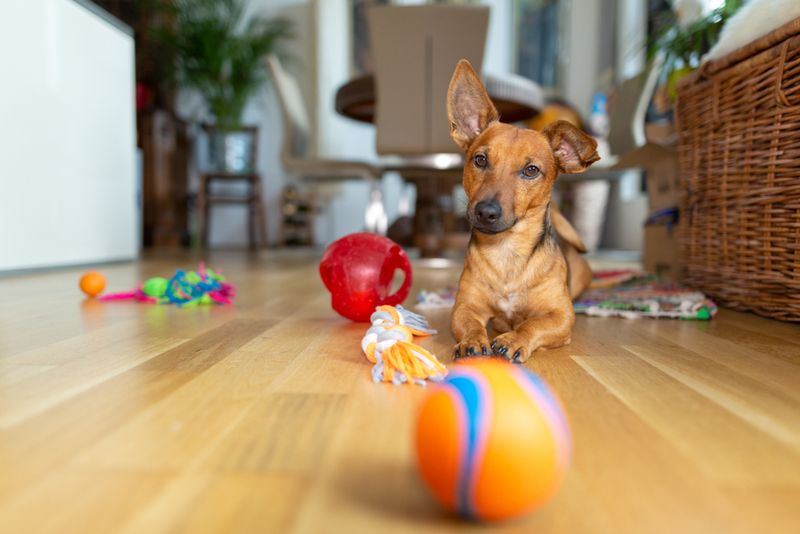
Playtime is vital for your dog’s physical and mental health. Engage in activities like fetch, tug-of-war, or hide and seek to keep your dog active and entertained.
Interactive toys can also provide mental stimulation. Play strengthens your bond and is an excellent way for your dog to burn off energy.
Regular playtime aids in reducing behavioral problems and promotes a happy, content pet. Make time each day for play, and watch your dog’s happiness soar.
Managing Separation Anxiety

Separation anxiety can be challenging for new dogs. Start by leaving your dog alone for short periods, gradually increasing the time as they become more comfortable.
Create a calming environment with soothing music or treats to occupy them while you’re away.
Avoid dramatic departures and arrivals to minimize stress. Managing separation anxiety is about building confidence that you will return, and with patience, your dog will adjust comfortably.
Grooming Routine

Introduce a grooming routine early to keep your dog looking and feeling their best. Regular brushing helps remove loose fur and promotes a healthy coat.
Bathing, nail trimming, and ear cleaning are essential aspects of grooming. Start gently to make grooming a positive experience.
Establishing a grooming routine prevents matting and reduces shedding. Your dog will appreciate the attention and care, enhancing your bond. Grooming becomes a time of relaxation and connection.
Consistency in Training
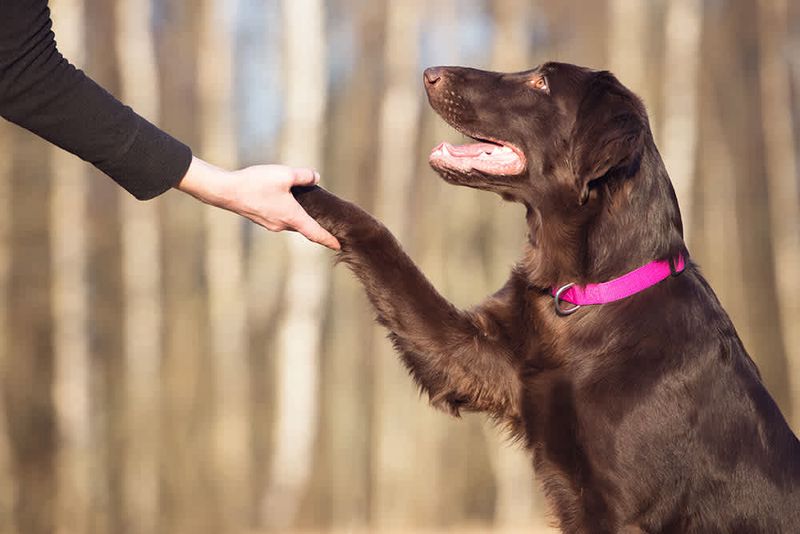
Consistency is the cornerstone of effective training. Use clear, consistent commands and reward good behavior with treats and praise.
Training sessions should be short and engaging, focusing on one command at a time. Patience is key; repetition and encouragement will lead to success.
Consistent training builds trust and respect, making your dog eager to learn and please. Your efforts will result in a well-behaved companion, ready to tackle any challenge.
Understanding Your Dog’s Needs
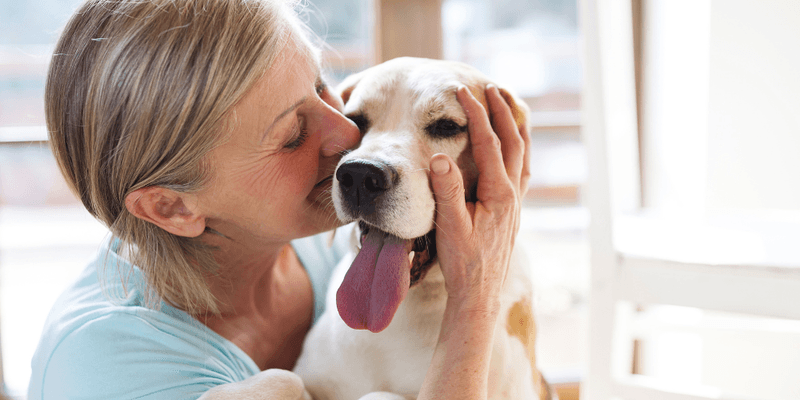
Understand your dog’s unique needs to ensure their happiness. Observe their preferences in food, toys, and activities. Each dog is different, and what works for one might not suit another.
Pay attention to their reactions and adjust accordingly. Meeting your dog’s needs fosters a strong, trusting relationship.
Your dog’s satisfaction is a reflection of your attentiveness. Embrace their quirks and preferences, creating a fulfilling life together.
The Role of Patience
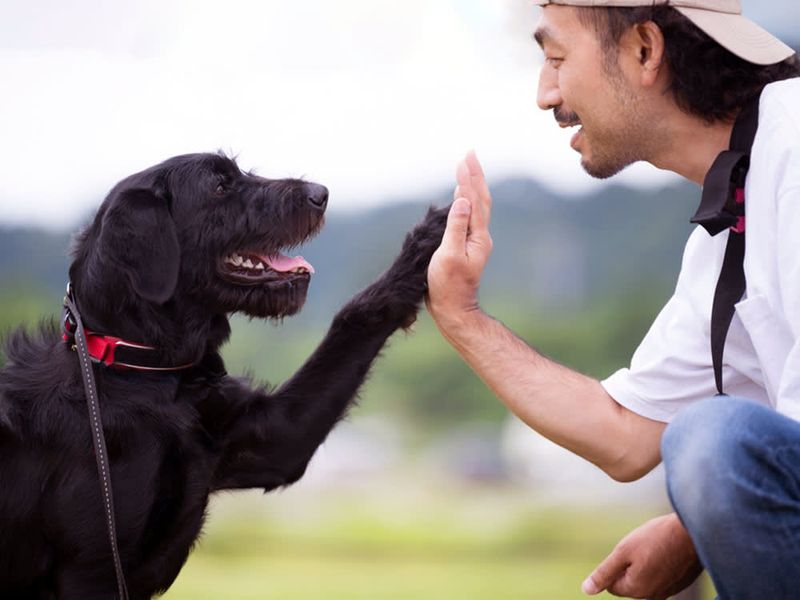
Patience is your best ally when welcoming a new dog. Adjustments take time, and your dog will have moments of learning and misunderstanding.
Approach challenges with a calm demeanor and gentle guidance. Celebrate small victories and be forgiving of setbacks.
Your patience fosters trust and confidence, creating a positive environment for growth. Remember, strong relationships are built on understanding and time.
Veterinary Visits and Health Care

Regular veterinary visits are crucial for your dog’s health. Schedule an initial check-up to ensure your new pup is healthy and up-to-date on vaccinations.
Discuss flea and tick prevention, and address any concerns you might have about your dog’s well-being.
Preventive care and early detection can save your dog from future ailments. A strong relationship with your vet ensures your dog’s health is in excellent hands.
Bonding Time
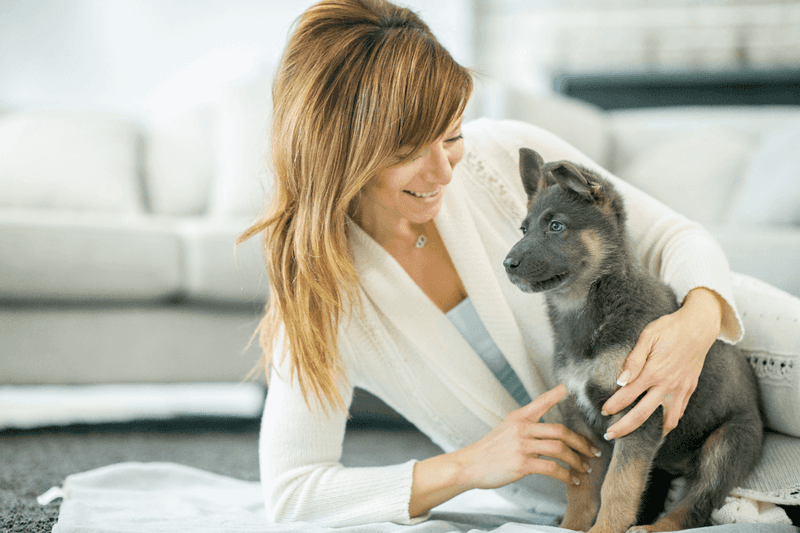
Bonding with your new dog is essential for a strong relationship. Spend quality time together, whether it’s snuggling on the couch or going for leisurely walks.
These moments of togetherness build trust and affection. Engage in activities that your dog enjoys, and be present in the moment.
Your dog’s happiness and confidence grow when they feel loved and secure. Cherish these bonding moments as they lay the foundation for a lifetime of companionship.

